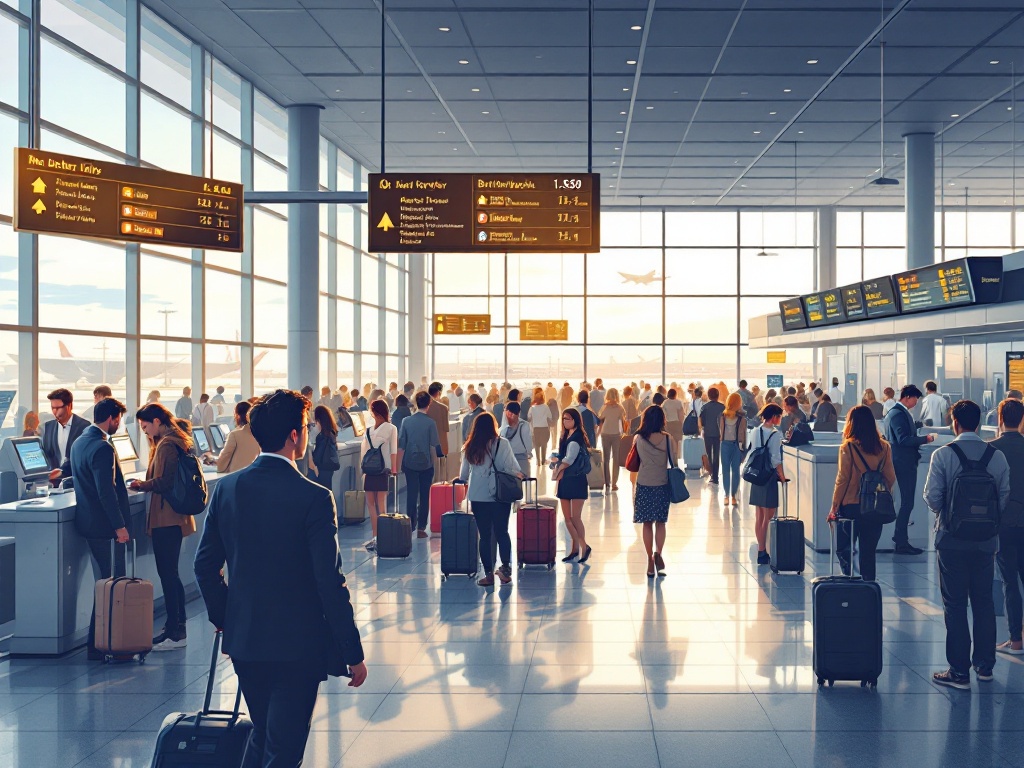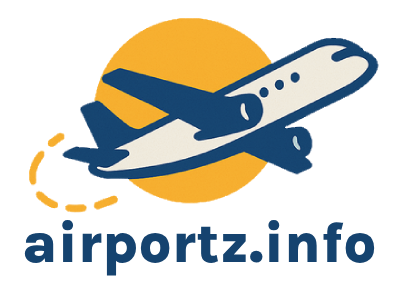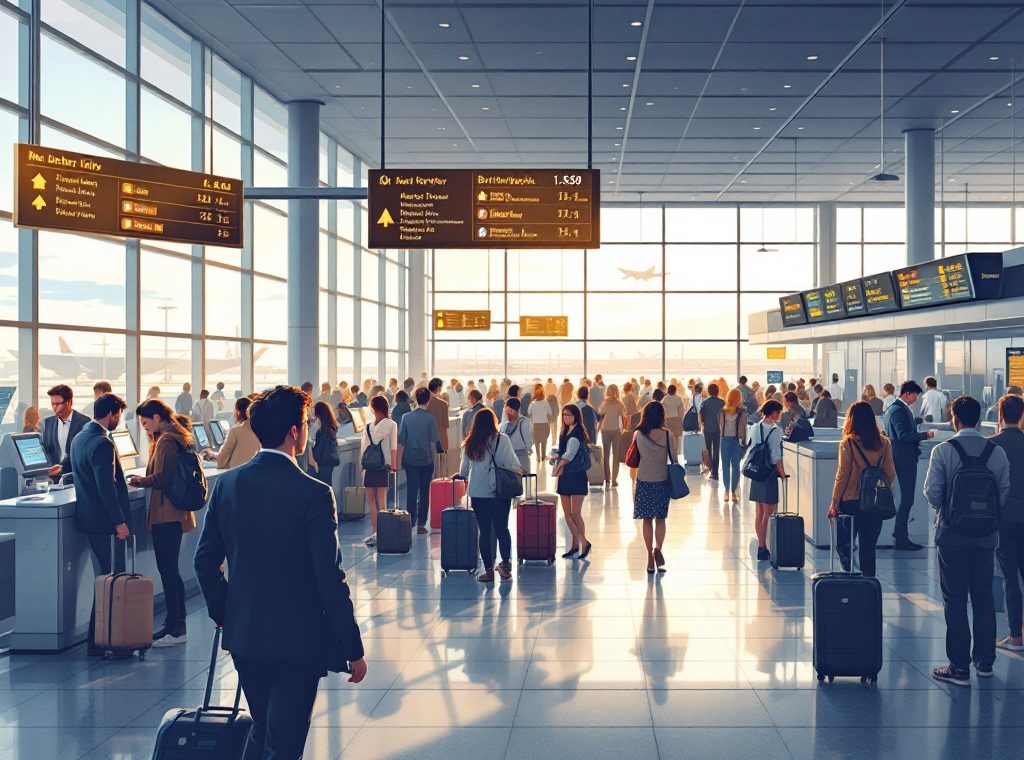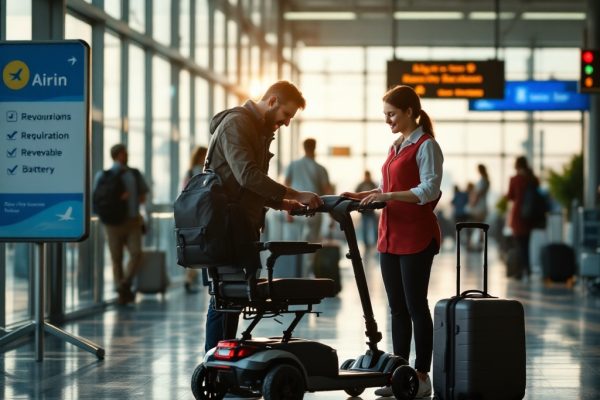How Early Should You Be at the Airport: Traveler’s Guide
Worried about missing your flight? Discover how to breeze through airport procedures with our comprehensive guide. Learn the optimal arrival times for domestic and international flights, factoring in airport size, security lines, and checking baggage. We’ll help you calculate your ideal departure time from home, accounting for traffic and parking. Travel smarter, not harder – read on to conquer airport stress and arrive on time, every time.
Important information

- Arrive 2 hours early for domestic flights and 3 hours early for international flights.
- Factors like airport size, traffic, and peak travel times (holidays, busy seasons) will affect your arrival time. Larger airports and peak times require more time.
- Account for extra time if traveling with children or people with special needs.
- Check your airline’s specific check-in and boarding deadlines, as policies vary.
- Consider parking time and traffic when calculating your departure time from home.
How Early Should You Be at the Airport: Traveler’s Guide
Arrive early at the airport to ensure a smooth experience. Domestic travel typically requires two hours prior to departure, while international travel often necessitates three hours.
Consider factors that may impact arrival times, such as airport size and traffic. Peak times, like holidays and busy seasons, demand even more preparation.
Account for additional time if traveling with children or individuals with special needs.
Familiarize yourself with the specific check-in and boarding deadlines for your airline and airport, as policies vary.
Factor in potential wait times for security screening. Build in ample time for check-in, baggage drop, security screening, and the boarding process.
When planning, calculate backward from your departure time, including parking if you are driving yourself.
Factors Affecting Your Airport Arrival Time
Navigating airport arrivals can be tricky. Airport size matters. Larger airports, like Atlanta’s Hartsfield-Jackson (ATL) or Dallas/Fort Worth (DFW), require more time than smaller ones such as Ithaca Tompkins Regional (ITH) or Jackson Hole (JAC). Airline policies differ regarding check-in and baggage, so check with your carrier. Travel day and time also matter. Weekdays, especially holidays, are busier, so arrive early. Factor in extra time for checked baggage and learn the airport layout. Security wait times vary, and peak seasons (Thanksgiving and Christmas) require more buffer time. Plan to minimize stress.
Consider airport size. Larger airports require more navigation time.
Check airline policies. Policies for check-in and baggage vary by carrier.
Account for travel day and time. Weekdays and holidays are busier.
Add extra time for checked baggage. This will prevent delays.
Familiarize yourself with the airport. Knowing the layout saves time.
Remember security wait times are unpredictable. Peak seasons require extra buffer time.
Airport Size and Traffic: Large vs Small Airports
Traveling through large airports such as Hartsfield-Jackson Atlanta International or Chicago O’Hare often involves significant wait times at check-in, security, and boarding. Smaller airports, like Ithaca Tompkins Regional or Jackson Hole, usually provide a faster experience. Therefore, plan for extra time in major hubs to avoid potential delays.
Peak Travel Times: Holidays and Busy Seasons
Traveling during peak seasons like holidays and school breaks often leads to increased passenger volume and longer wait times. Expect delays at check-in, security, and baggage claim. To minimize potential issues, arrive early, adding an extra 30 to 60 minutes to your schedule. While this extra time helps, it doesn’t guarantee the elimination of delays. Consider online check-in for a potentially smoother and faster experience.
Traveling with Children or Special Needs
Traveling with children or passengers needing special assistance can be challenging. Allow extra time at the airport to ease check-in, security, and other procedures. This buffer also accommodates unforeseen delays, ultimately contributing to a smoother, less stressful trip.
Recommended Airport Arrival Times for Different Flights
For domestic flights, arriving two hours early provides ample time for check-in, security, and any unforeseen delays.
International travel, however, requires a three-hour buffer to accommodate customs and immigration. Factor in extra time for checked baggage and peak travel seasons.
Domestic Flights: With and Without Checked Baggage
For domestic flights with no checked bags, arrive 1.5 hours early. This allows enough time for security procedures.
If you have checked baggage, arrive at least 2 hours before departure. This extra time accommodates baggage check-in and security screening.
International Flights: General Guidelines
For international flights, aim to arrive at the airport three hours prior to departure. This buffer allows ample time for check-in and security procedures, while also accommodating potential delays. Planning ahead ensures a smoother, less stressful travel experience.
Understanding Airline and Airport Policies
To ensure a smooth travel experience, airlines enforce check-in and boarding deadlines. Meeting these is vital to secure your seat and avoid potential boarding denial. Before heading to the airport, familiarize yourself with your airline’s specific policies. Airport security procedures and wait times also fluctuate depending on factors like passenger volume and time of day. Checking the airport’s website or app for real-time updates can assist you in planning your arrival accordingly.
Airline Check-In and Boarding Deadlines
To avoid missing your flight, be aware of airline check-in and boarding deadlines. These times vary depending on the airline, airport, and whether you’re flying domestically or internationally.
Domestic Flights
For domestic travel, plan to check in 30 to 60 minutes before departure.
International Flights
International flights typically require 60 to 120 minutes for check-in.
Boarding gates generally close 15-20 minutes prior to takeoff. Contact your airline directly for their precise cut-off times.
Airport Security Screening and Estimated Wait Times
Domestic security screening typically takes 10 to 45 minutes, while international screening often requires more time. Plan accordingly, especially during peak travel periods like holidays, when longer waits are common.
Allocating Time for Check-In, Security, and Boarding
Airport check-in usually takes 20 to 45 minutes, which includes baggage drop-off.
Going through security can add another 10 to 45 minutes, depending on the airport’s size and how many passengers there are.
The boarding process itself typically takes 15 to 45 minutes.
Therefore, plan your airport arrival time accordingly to avoid any delays.
Check-In and Baggage Drop: Time Required
Airport check-in usually takes 20 to 45 minutes, depending on the airport’s traffic and whether you have luggage to check. Checking bags adds extra time, so factor that into your plans. For domestic flights, arriving an hour before departure is usually sufficient. However, for international flights, it’s recommended to arrive at least two hours prior. This extra time accounts for potential delays and increases the chances of your luggage arriving with you.
Security Screening: Time Needed
Security screening usually takes 10 to 45 minutes, but during peak travel times like holidays and major events, it can take the full 45 minutes. Plan accordingly.
Boarding Process: Expected Duration
Boarding typically takes 15 to 45 minutes, depending on the airline and the number of passengers. Arriving at your gate early ensures you’re prepared when boarding begins.
Planning Your Journey to the Airport
Planning a smooth airport departure involves a few key steps:
Work backward from your flight schedule. Consider the time required for check-in, security checks, and boarding.
Account for potential traffic delays. Give yourself extra time for unexpected congestion en route to the airport.
Research parking options beforehand. Parking can be time-consuming, especially during peak travel times. Knowing parking availability reduces stress.
Calculating Departure Time: Working Backwards
Note your flight’s departure time.
Subtract the recommended airport arrival time: two hours for domestic flights and three hours for international flights.
Factor in parking time, including finding a spot and walking to your terminal.
Subtract your drive time to the airport.
The result is your latest departure time.
Parking Considerations: Time and Availability
Pre-booking airport parking is recommended, especially during peak travel times like holidays and special events. This not only guarantees you a parking spot but also saves valuable time. Even with a reservation, factor in extra time for parking and navigating to your terminal.










